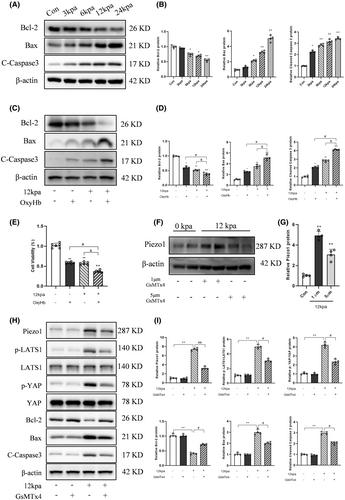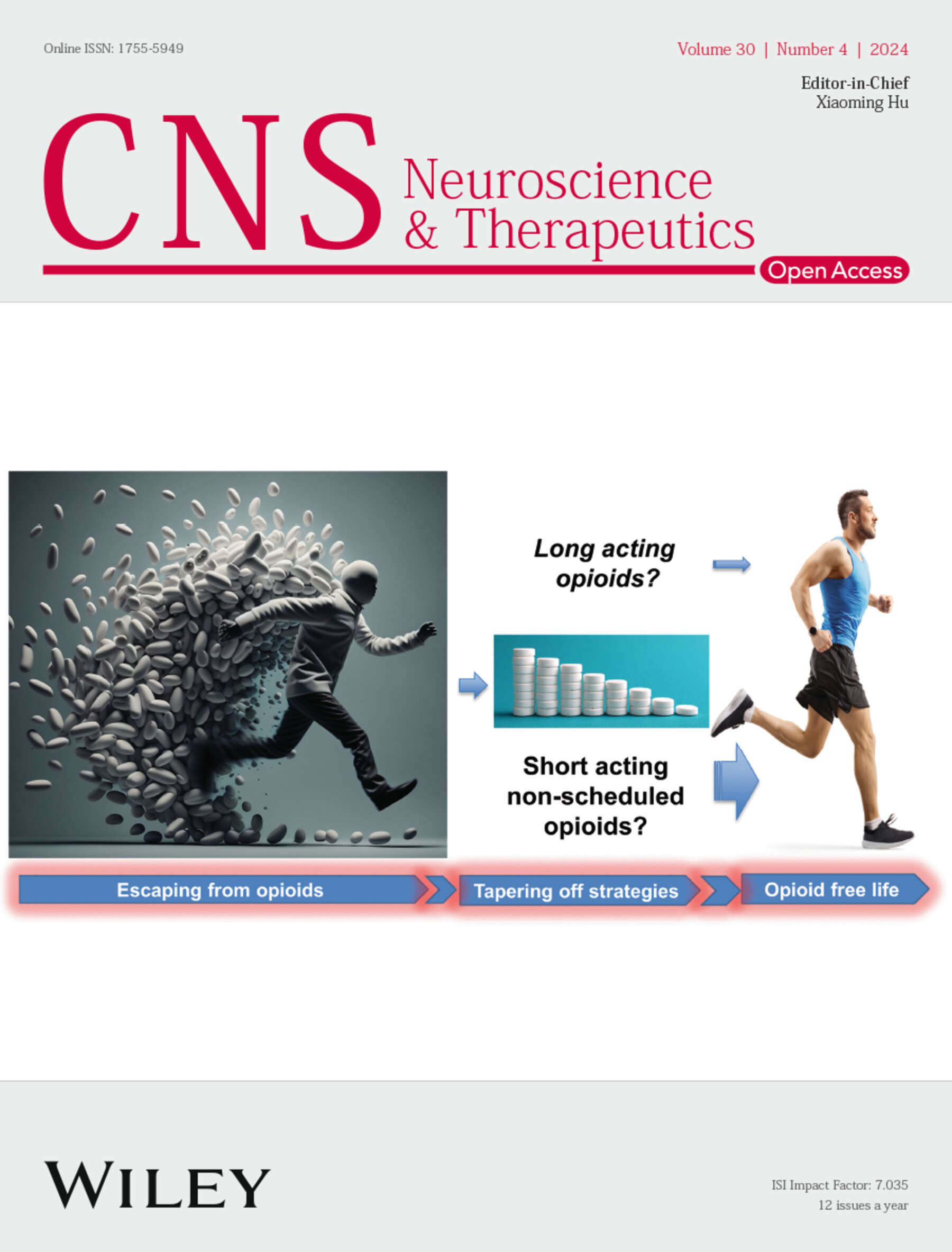Activation of Piezo1 by intracranial hypertension induced neuronal apoptosis via activating hippo pathway
Abstract
Aim
Most of the subarachnoid hemorrhage (SAH) patients experienced the symptom of severe headache caused by intracranial hypertension. Piezo1 is a mechanosensitive ion channel protein. This study aimed to investigate the effect of Piezo1 on neurons in response to intracranial hypertension.
Methods
The SAH rat model was performed by the modified endovascular perforation method. Piezo1 inhibitor GsMTx4 was administered intraperitoneally after SAH induction. To investigate the underlying mechanism, the selective Piezo1 agonist Yoda1, Piezo1 shRNA, and MY-875 were administered via intracerebroventricular injection before SAH induction. In vitro, we designed a pressurizing device to exclusively explore the effect of Piezo1 activation on primary neurons. Neurons were pretreated with Piezo1 inhibition followed by intracranial hypertension treatment, and then apoptosis-related proteins were detected.
Results
Piezo1 inhibition significantly attenuated neuronal apoptosis and improved the outcome of neurological deficits in rats after SAH. The Hippo pathway agonist MY-875 reversed the anti-apoptotic effects of Piezo1 knockdown. In vitro, intracranial hypertension mimicked by the pressurizing device induced Piezo1 expression, resulting in Hippo pathway activation and neuronal apoptosis. The Hippo pathway inhibitor Xmu-mp-1 attenuated Yoda1-induced neuronal apoptosis. In addition, the combination of hypertension and oxyhemoglobin treatment exacerbated neuronal apoptosis.
Conclusions
Intracranial hypertension induced Piezo1 expression, neuronal apoptosis, and the Hippo pathway activation; the Hippo signaling pathway is involved in Piezo1 activation-induced neuronal apoptosis in respond to intracranial hypertension. Primary neurons treated with intracranial hypertension and oxyhemoglobin together can better characterize the circumstance of SAH in vivo, which is contributed to construct an ideal in vitro SAH model.


 求助内容:
求助内容: 应助结果提醒方式:
应助结果提醒方式:


